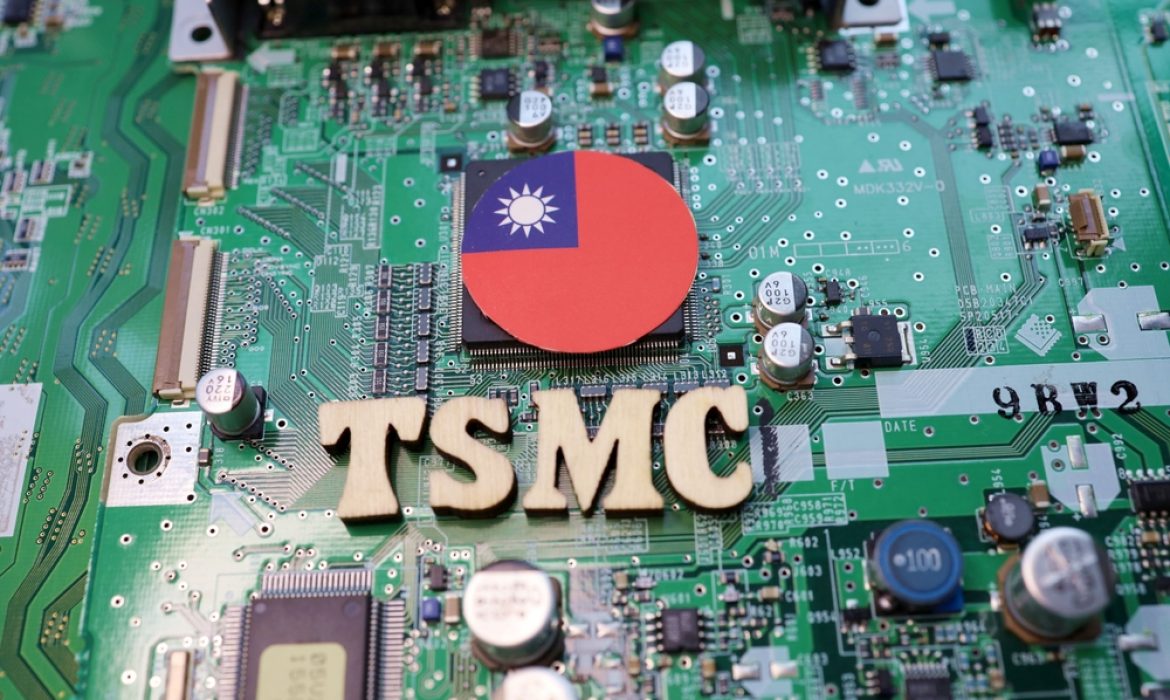Taiwanese semiconductor titan TSMC briefly joined a rarefied club of companies valued at more than $1 trillion on Monday. As the leading manufacturer of advanced semiconductors, TSMC plays a crucial role in the global tech ecosystem. Here are five things to know about the Taiwan Semiconductor Manufacturing Company:
The “Godfather” of TSMC
MIT and Stanford graduate Morris Chang founded TSMC in 1987 after an extensive tech industry career in the United States. Taiwan’s government was trying to set up a semiconductor industry that would compete with countries, such as Japan, that led the sector at the time. TSMC has become one of the world’s most important companies in the nearly four decades since—a leader in producing the chips that help run everything from smartphones to advanced robots. Chang, who was born in mainland China in 1931, retired from TSMC in 2018. He was revered in Taiwan by then and often described as the “godfather” of the island’s chip industry. Taiwan awarded him one of its highest medals of honor in April.
Riding the AI Boom
Thanks to the revolution in artificial intelligence sparked by the success of ChatGPT, TSMC has been riding a massive wave of demand for the advanced semiconductors needed to train and run AI apps. It works closely with AI leader Nvidia, which became the world’s most valuable traded company in June with a market capitalization of around $3.3 trillion. TSMC also supplies Nvidia competitors Qualcomm and AMD, among others, and such is the demand for its chips that production has been reportedly booked for years in advance. Arguably its best-known client is Apple, which relies on TSMC chips for the latest iPhones and MacBooks. “We have established a research pipeline for technology to enable leading-edge AI devices, circuits, and systems for decades to come,” TSMC says on its website.
Concerns Over China’s Ambitions
Taiwan is one of the most important links in the supply chain for semiconductors, the lifeblood of the modern global economy, and TSMC is its crown jewel. However, China claims the self-ruled island as its territory and has not ruled out the use of force to bring it under its control. Beijing has ramped up pressure on Taipei in recent years, including with large-scale military drills, sparking concerns in capitals and boardrooms around the world about its chip industry. US Commerce Secretary Gina Raimondo told a Congressional hearing in May that a Chinese invasion of Taiwan and seizure of TSMC would be “absolutely devastating.” “Right now, the United States buys 92 percent of its leading-edge chips from TSMC in Taiwan,” she said.
Global Expansion: US and Japan
TSMC has faced pressure to diversify away from Taiwan, where the bulk of its factories are based, to guard against any further escalation of the tussle between Washington and Beijing. It is building two “fabs”—manufacturing plants—in the United States and plans announced for a third in April, bringing its total investment in the state of Arizona to $65 billion. But its US projects have faced obstacles in the past year, which the company attributed to a lack of human resources because making chips requires highly specialized skills. TSMC also launched an $8.6 billion plant in Japan this year—a coup for the country as it vies with the United States and Europe to woo top chip firms with huge subsidies. With “strong” Japanese government support, TSMC has announced a second factory to make more advanced chips. The firm is also planning a new factory in Germany—its first in Europe.
Earthquake Threats
Geopolitics is not the only worry for TSMC and Taiwan’s chip industry. The island is prone to natural disasters, too. It sits on the “Ring of Fire,” an arc of intense seismic activity along the Pacific Rim, and—much like neighboring Japan—has a long history of catastrophic quakes. TSMC was one of the firms that halted production because of a 7.4-magnitude earthquake in April this year, the most severe to hit Taiwan in decades. It told customers the impact from the quake was minimal. TSMC has invested in a number of seismic resistance features at its facilities to reduce damage and casualties, including an earthquake early warning system, according to its website.
For more details, visit the original article on TechXplore.
